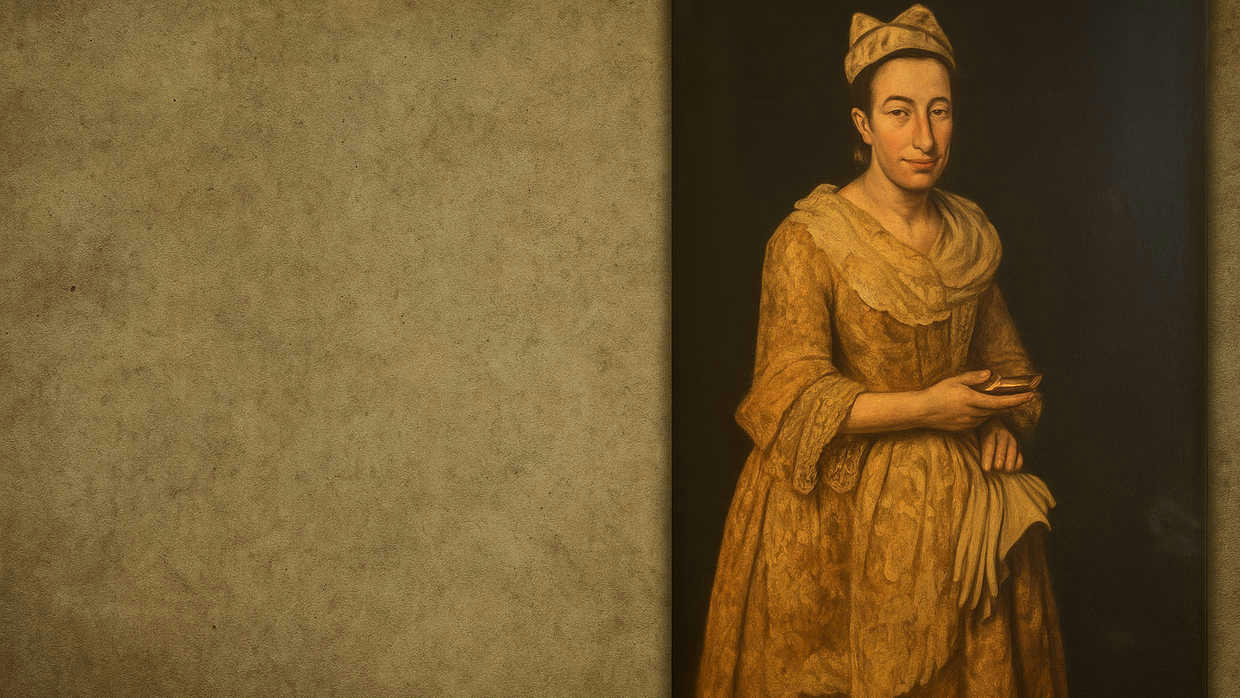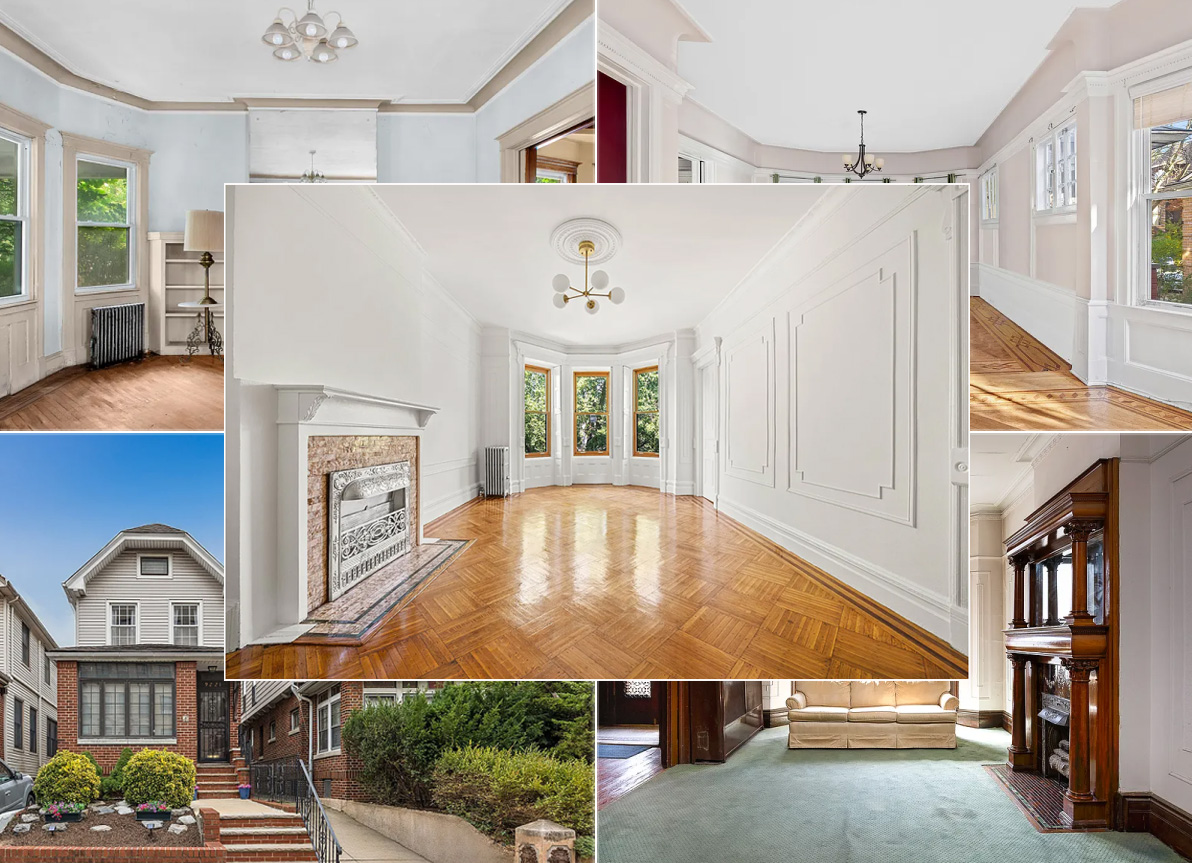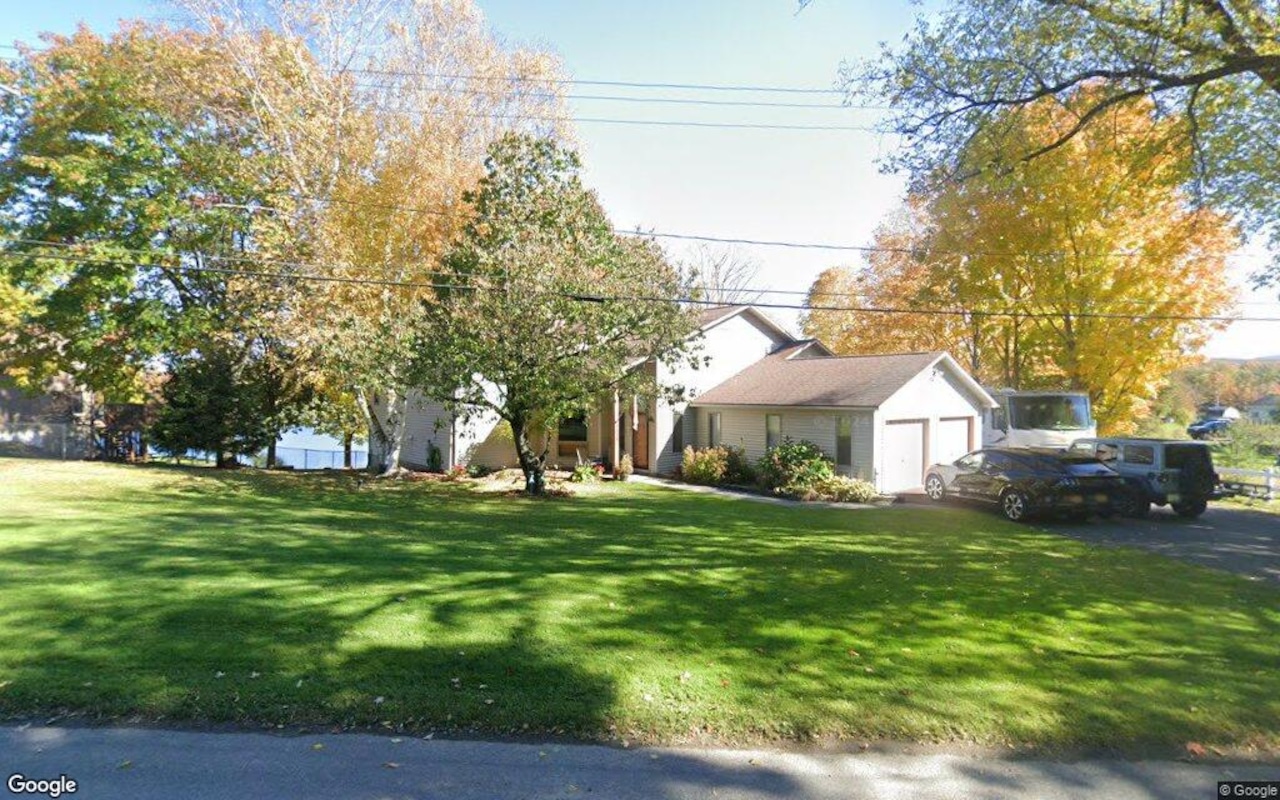E
ighty years after the Nazis plundered the art collection of Dutch dealer Jacques Goudstikker, a long‑lost masterpiece has reappeared. Giuseppe Ghislandi’s 18th‑century *Portrait of a Lady* was spotted hanging in the background of a real‑estate advertisement in Mar del Plata, a coastal city south of Buenos Aires. The ad, posted by realtor Patricia Kadgien, drew the eye of specialists who instantly recognised the work as one of the stolen pieces. Their alert set off a chain of investigations that has revived the decades‑old quest to return looted art to the heirs of Holocaust victims.
The painting’s provenance points back to Friedrich Kadgien, a senior Nazi official and financial adviser to Hermann Goering, the infamous art thief and Hitler’s second‑in‑command. After the war, Kadgien escaped to Argentina, where he lived until his death in 1979. His daughter Patricia inherited the Mar del Plata property, where the portrait had reportedly hung.
When Argentine authorities identified the work, they raided several properties linked to Patricia Kadgien. The search uncovered engravings, drawings, and additional 19th‑century works now under review for possible wartime looting, as well as 22 paintings by French master Henri Matisse. Prosecutors charged Patricia, 58, and her 60‑year‑old husband with aggravated concealment, alleging they tried to obstruct the investigation. Authorities say the couple removed the listing and replaced the painting with a tapestry shortly before the raid. Although no longer under house arrest, a judge imposed a 180‑day travel ban, requiring them to notify authorities if they leave their home for more than 24 hours.
Kadgien’s lawyer denies any wrongdoing, claiming the couple fully cooperated and were willing to surrender the painting voluntarily. *Portrait of a Lady* is now in safekeeping at the Buenos Aires Holocaust Museum while ownership is formally adjudicated.
The story of Goudstikker’s collection is one of immense loss. The dealer had assembled a remarkable array of Italian Renaissance, European, and Northern Baroque works in Amsterdam. In 1937 he married Viennese opera singer Désirée von Halban and had a son. Two years later, as the Netherlands grew hostile to Jews, the family applied for visas to the United States. Their visas expired on 9 May, just a day before the Nazi occupation. They fled Amsterdam on 13 May 1940 aboard the SS Bodegraven. Jacques died in a tragic accident on the ship, falling through a hatch and breaking his neck. He left behind a wife, a son, and a black notebook containing a detailed inventory of his holdings—an invaluable guide for restitution efforts. After being buried in England, Désirée and the son continued to the U.S.
The Nazis seized Goudstikker’s gallery immediately after his death, with Goering appropriating many of the most valuable pieces. Of the roughly 1,200 artworks in the collection, only about 200 have been recovered and returned to the family. *Portrait of a Lady* was among the hundreds still missing until now.
Goudstikker’s heirs have pursued the return of the lost pieces for decades, seeking to restore their family’s legacy and honour Jacques’s memory. Désirée von Halban initially fought the Dutch government for restitution, but died before a resolution was reached. In 2006, the Dutch government finally returned 202 paintings to her surviving heirs.
Although Jacques and Désirée never saw justice served, the recovery of this painting offers a measure of closure for their descendants. It stands as a long‑overdue act of restitution and a tribute to the importance of preserving their story. May the rest of the collection be found and returned swiftly.














